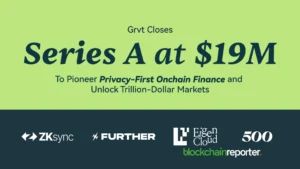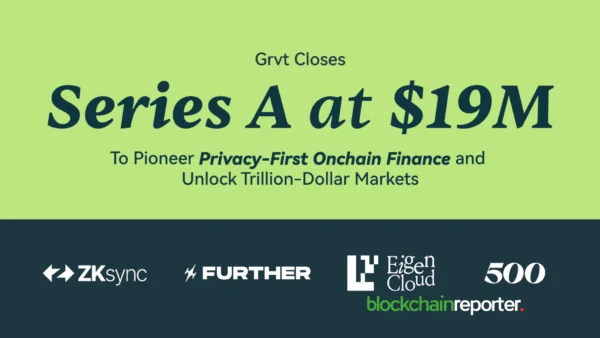
With the crypto market currently boasting nearly 15,000 tokens, there has never been a more pressing need for blockchain solutions that can help bridge different assets across different chains. According to recent market research, the global blockchain interoperability market is expected to grow to a cumulative valuation of $3 billion by 2034, thus underscoring the increasing importance of seamless asset transfer and interoperability within this burgeoning arena.
In this regard, a number of innovative solutions have been working to address this challenge, including RenVM (Ren Protocol), a decentralized protocol enabling the transfer of cryptocurrencies between different blockchains. RenVM’s key features include decentralized custody through a network of nodes called ‘Darknodes,’ which maintain custody of the underlying assets in a decentralized manner. Additionally, the project’s interoperability module supports multiple blockchains, allowing assets like BTC, ZEC, and BCH to be wrapped and used on blockchains such as Ethereum and Binance Smart Chain.
Forging a Holistic, Unified Crypto Ecosystem
Another notable player in this space is the Hop Protocol. It facilitates quick and efficient bridging of tokens across various Layer 2 (L2) solutions on Ethereum. Hop uses hTokens, which are burned and minted during transfers to maintain the token’s integrity across different chains. The protocol also employs Automated Market Makers (AMMs) and liquidity pools to significantly reduce the time and cost associated with moving assets between different L2s and the Ethereum mainnet.
Similarly, ZetaChain offers a unique approach with its Omnichain smart contracts, which allows developers to create smart contracts capable of managing assets, data, and liquidity across multiple blockchains. A standout feature of ZetaChain is its support for native Bitcoin smart contracts, enabling BTC to be used in DeFi applications without the need for any wrapping. This innovative approach simplifies cross-chain transactions and reduces fees and slippage, providing a more efficient user experience.
However, amidst the fray, FAssets by Flare has emerged as a truly unique solution. The system allows non-smart contract tokens such as BTC, DOGE, and XRP to be used trustlessly with smart contracts on the Flare network. This is particularly significant as it addresses a crucial gap in the crypto ecosystem: i.e. more than 70% of the total value of blockchain assets do not have smart contracts and are therefore unable to participate in the decentralized economy.
FAssets is enabled by Flare’s data acquisition protocols: the Data Connector and Flare Time Series Oracle (FTSO). The FTSO provides decentralized price feeds for all the tokens involved, while the Data Connector can verify that a required action has taken place on a different chain, ensuring the integrity and accuracy of all native cross-chain transactions.
Furthermore, a key strength of the FAssets system is its robust backing mechanism. Each token is backed by mixed on-chain collateral held by an agent and in a community-provided pool. This backing consists of three asset types: the underlying asset, stablecoin or ETH collateral, and Flare native token collateral (FLR or SGB). A number of agents support the minting and redeeming process, whose role in the system is secured through over-collateralization, rendering the system trustless.
Lastly, FAssets’ potential was impressively demonstrated in its recent beta testing showcase, with 937,000 XRP tokens minted across more than 2,000 mints on the first day alone. Not only that, the platform also attracted participation from 51 agents, highlighting strong/growing consumer interest.
The Key to Unlocking Blockchain’s Full Potential
From the outside looking in, the rising need for interoperability solutions is not just a trend but a necessity for the blockchain industry’s continued growth and adoption, especially within domains like banking, financial services, and insurance (since they are rapidly leveraging blockchain to optimize processes and reduce their operational costs).
The importance of interoperability is further underscored by the projected worldwide spending on blockchain solutions, which is expected to reach nearly $19 billion by 2024. This substantial investment reflects the growing recognition of blockchain technology’s potential to enhance transparency, security, and efficiency across different sectors.
In this regard, offerings like FAssets, RenVM, Hop Protocol, and ZetaChain are helping alleviate existing bottlenecks and addressing this growing need for cross-chain flexibility — thus unlocking new possibilities for the rapidly growing decentralized finance (DeFi) economy and cross-chain applications while also facilitating the broader adoption of blockchain tech.









